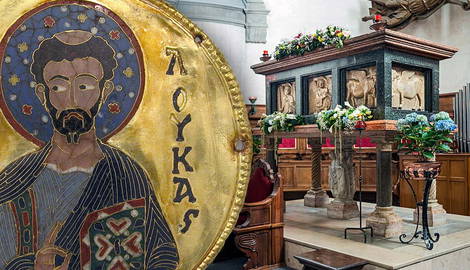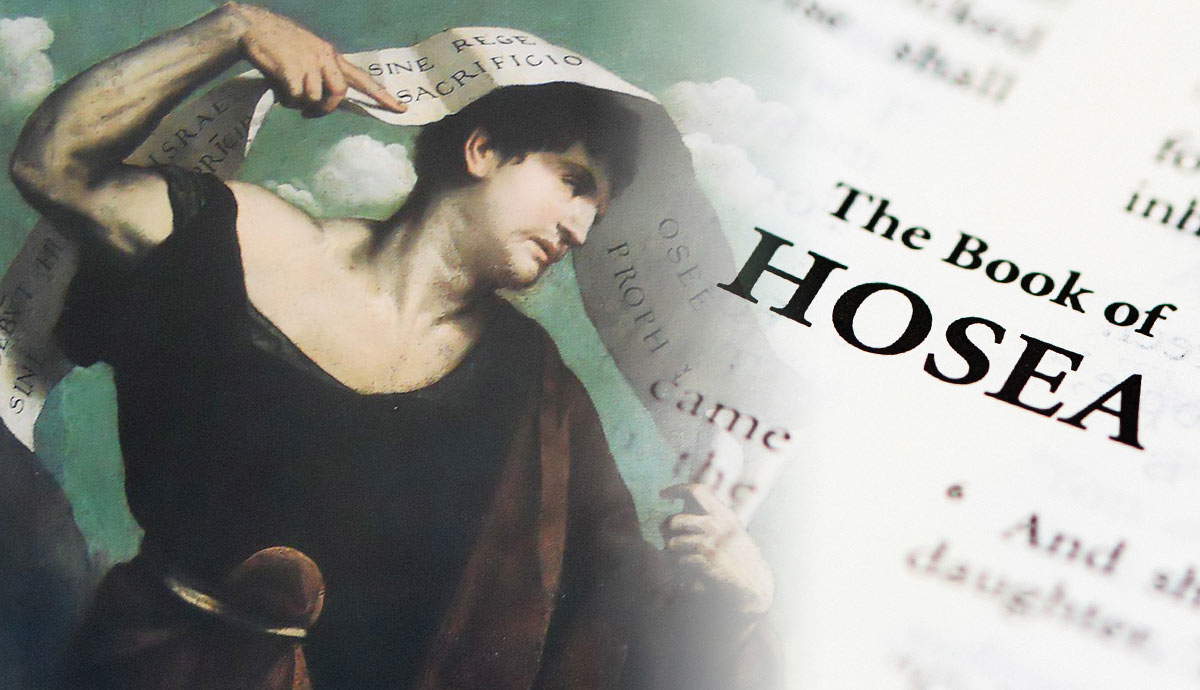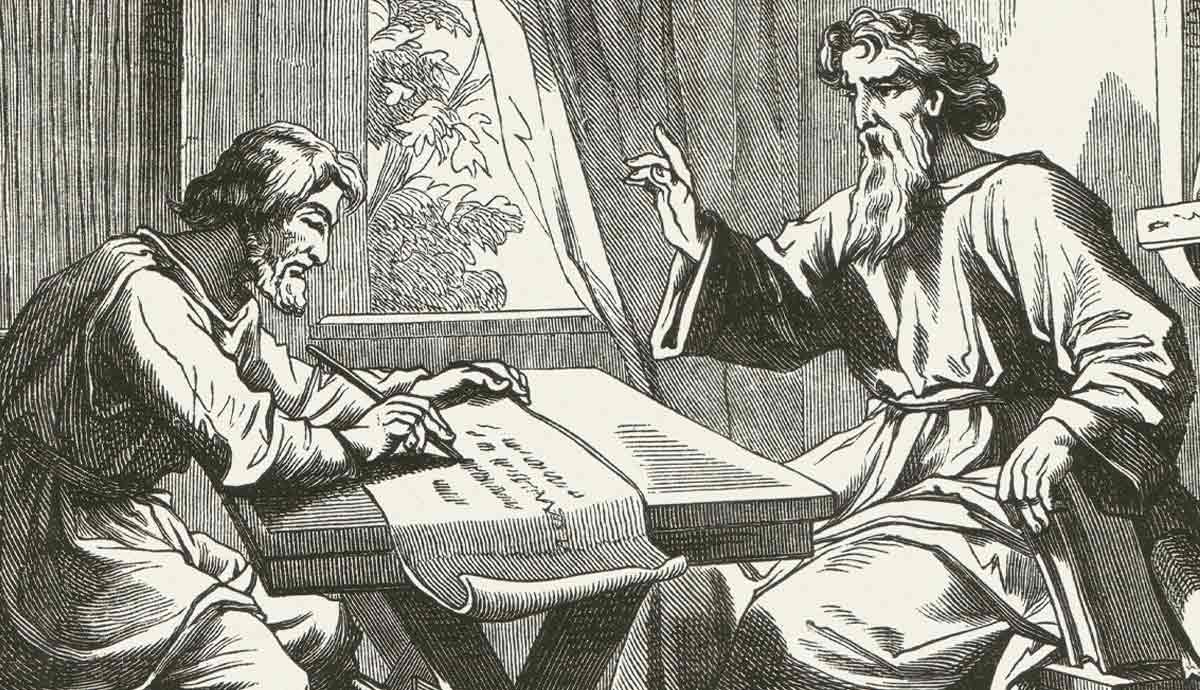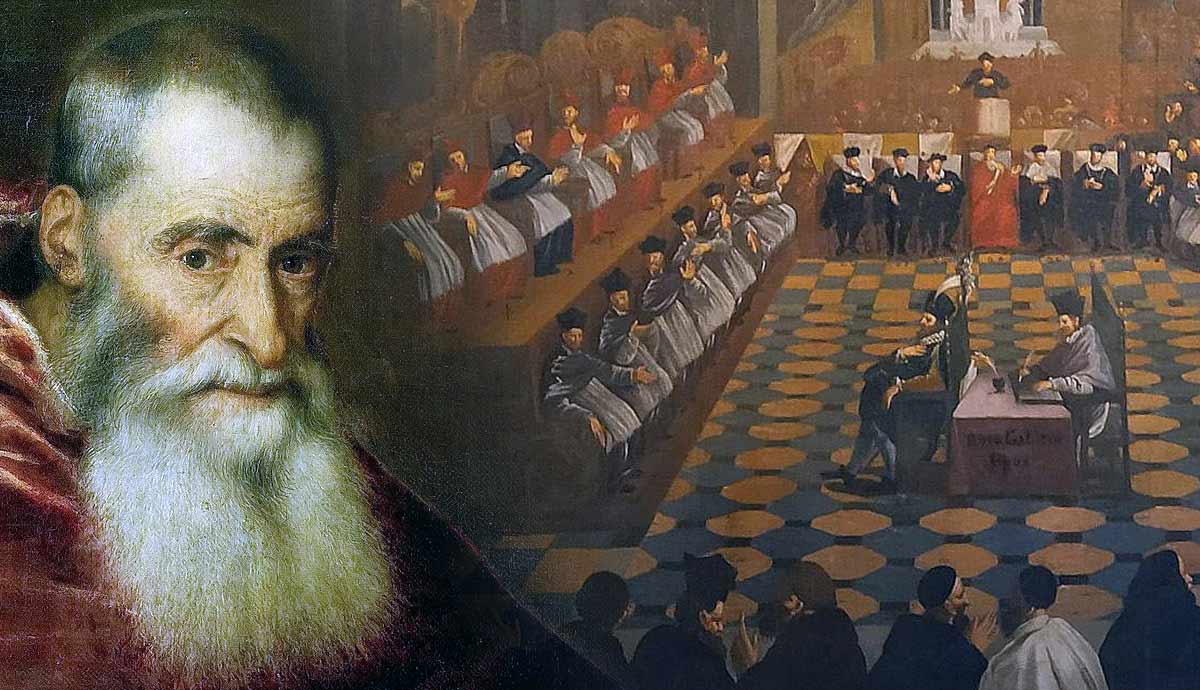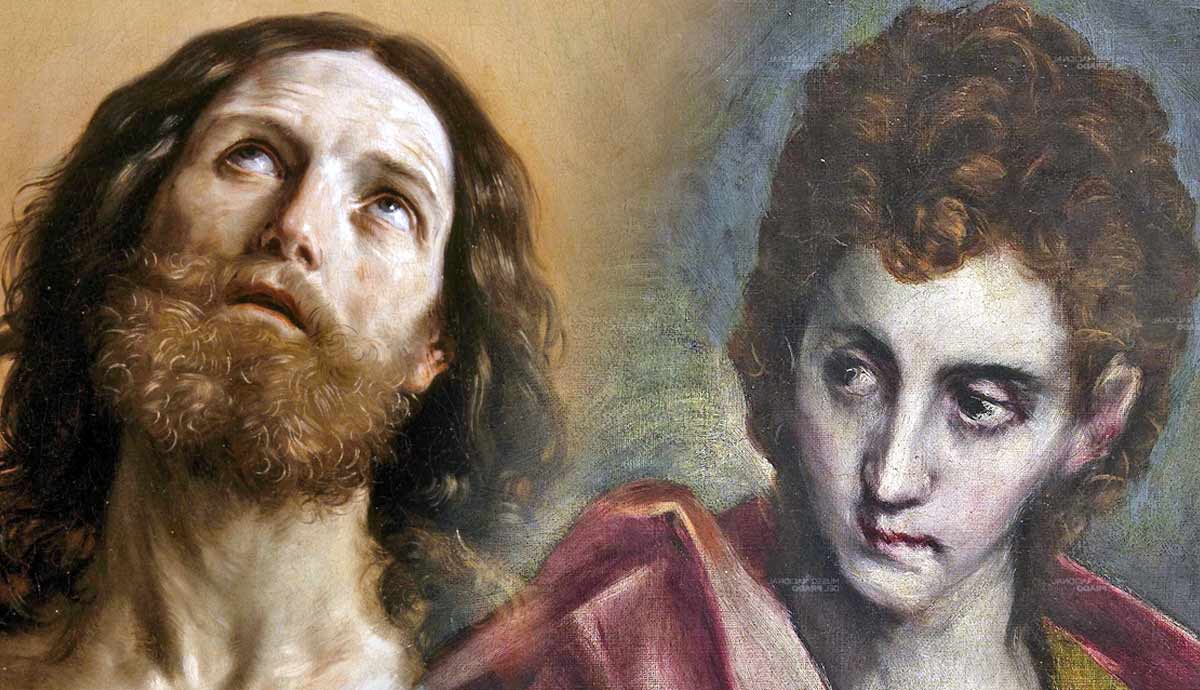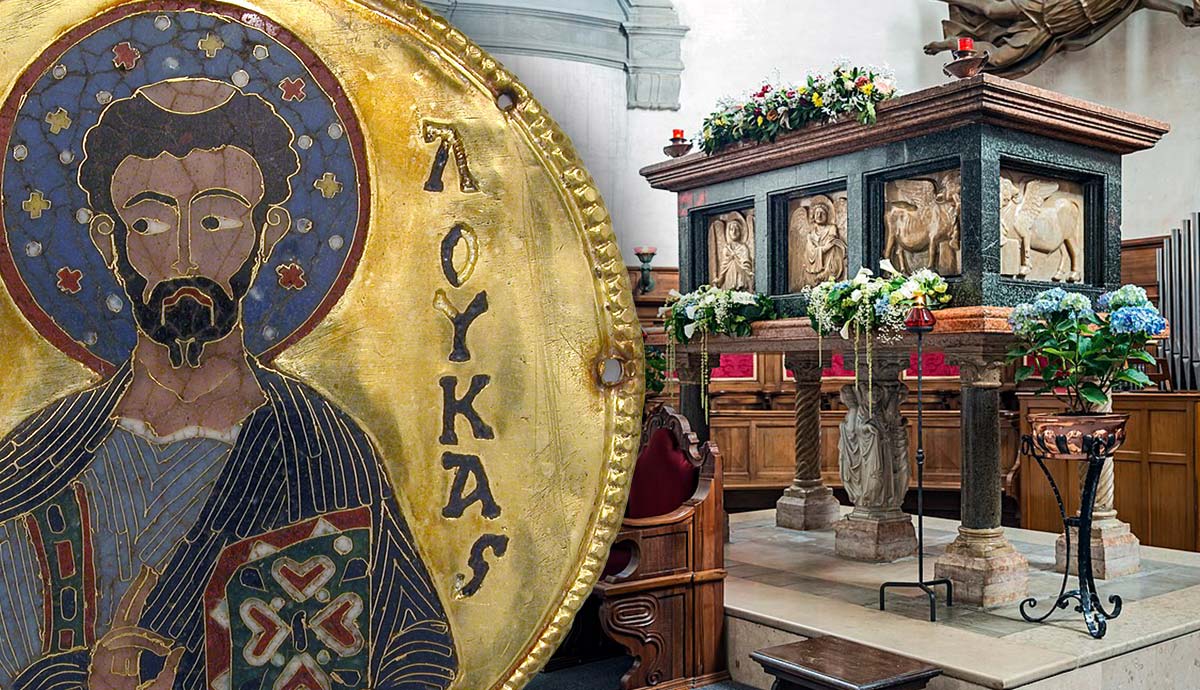
Luke, a physician, played a significant role in the early church but was not an eyewitness to the life and ministry of Jesus. He nevertheless compiled his account of the gospel after careful research to produce a reliable, orderly account of what Jesus had said and done during his life on earth. He addressed the Gospel of Luke to Theophilus, who may have been a high-ranking individual, though it may also refer to those who love God.
Authorship and Date of the Gospel of Luke
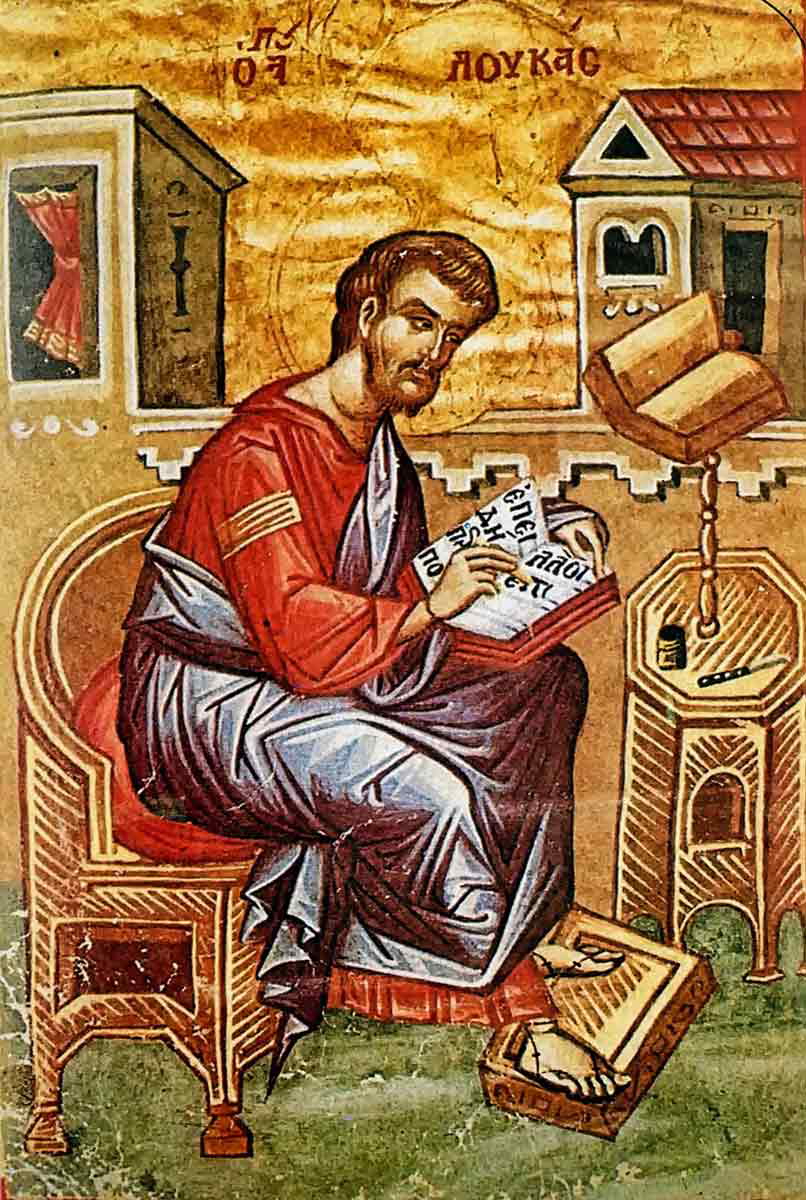
The Gospel of Luke does not identify the author, but the intended reader is identified. Tradition holds that Luke, who later became a co-worker of Paul, authored the gospel. From the opening verses of his gospel, it becomes evident that other gospels already existed. Of these, the Gospel of Mark must have existed before Luke, which like Matthew, made use of it as a source. These three gospels have a similar view of events, so scholars refer to them as the synoptic gospels.
Some date Luke to around 80-90 CE, but such a late date is unlikely. Since Acts is the sequel to the Gospel of Luke (See Acts 1:1-3), Luke must have authored his gospel before Acts was written. The Book of Acts ends abruptly with Paul imprisoned in Rome. Luke would, therefore, likely have written his gospel account sometime around 60 CE.
If Luke is the author, the books of Luke and Acts are probably the only books in the Bible written by a Gentile. An ancient prologue to the Gospel of Luke claimed he was a Syrian from Antioch and, therefore, most likely not a Jew.
Historical Context
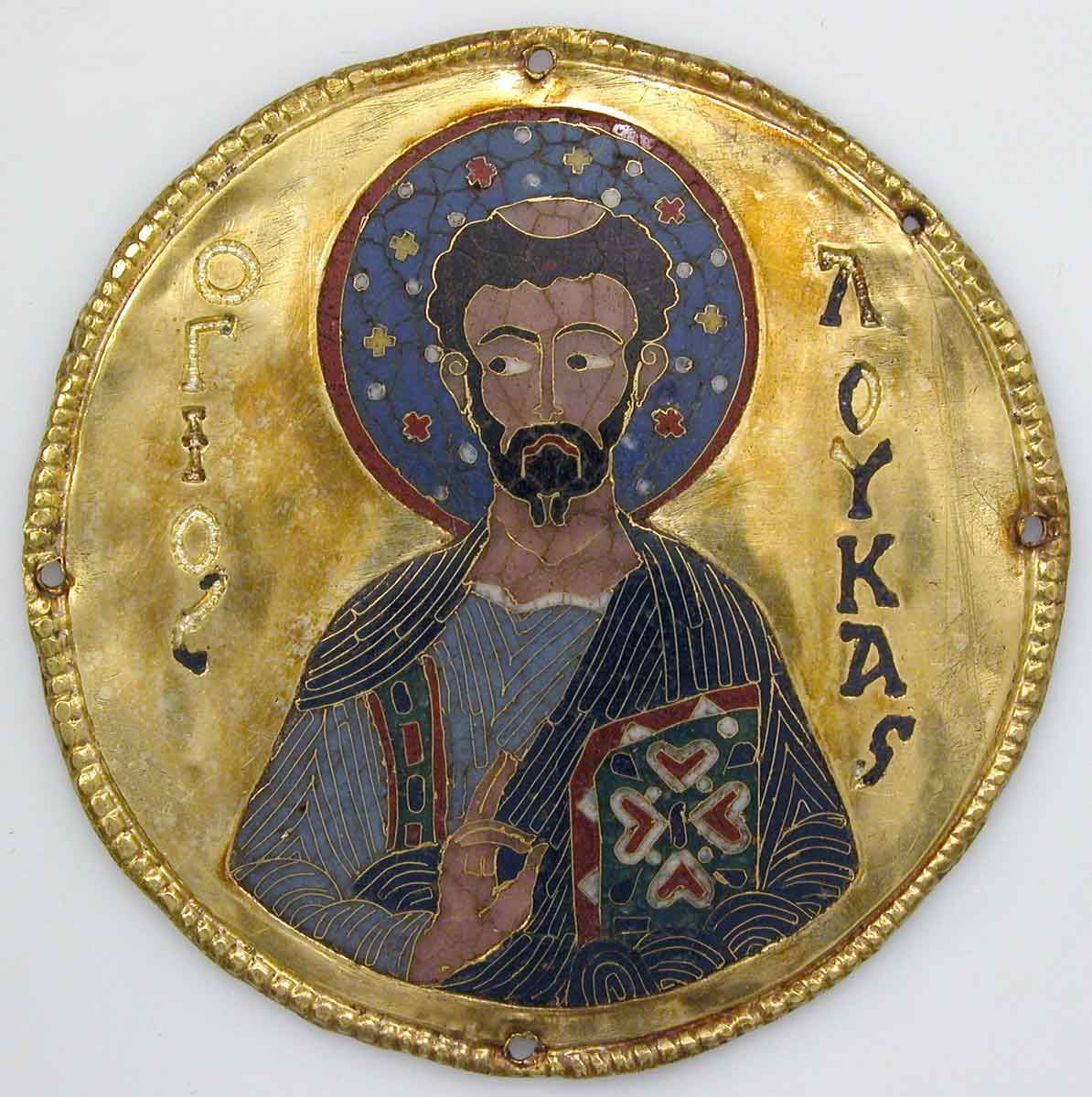
Of all the gospels, the Gospel of Luke is the only one that clearly states its purpose. In the opening verses, Luke claims the goal was “to write an orderly account for you, most excellent Theophilus.” Luke carefully gathered information from multiple sources and compiled a sequential account of verified events, sayings, and actions of Jesus. Theophilus may have been a Roman official of high standing, though it may be a reference to any reader who loves God. Theophilus means “lover of God.”
Luke often adds details that other gospels do not contain. Sometimes it is complete events, like the healing of 10 lepers in Luke 17:11-19. In others, Luke included small details that Mark and Matthew omit. These details often relate to physical healings, like specifying that the right hand of the man healed was withered. Luke likely included these details due to his background as a physician.
Luke, as the first part of the Luke–Acts volume, sets the tone for the story of the establishment of Christianity after the ascension of Jesus. Luke features late in Acts but took the trouble of gathering as much information about the life and ministry of Jesus, that he was not a witness to, as possible. As a learned person, he knew how important details could be and aimed to include everything he considered important to build the faith of his reader(s).
Structure
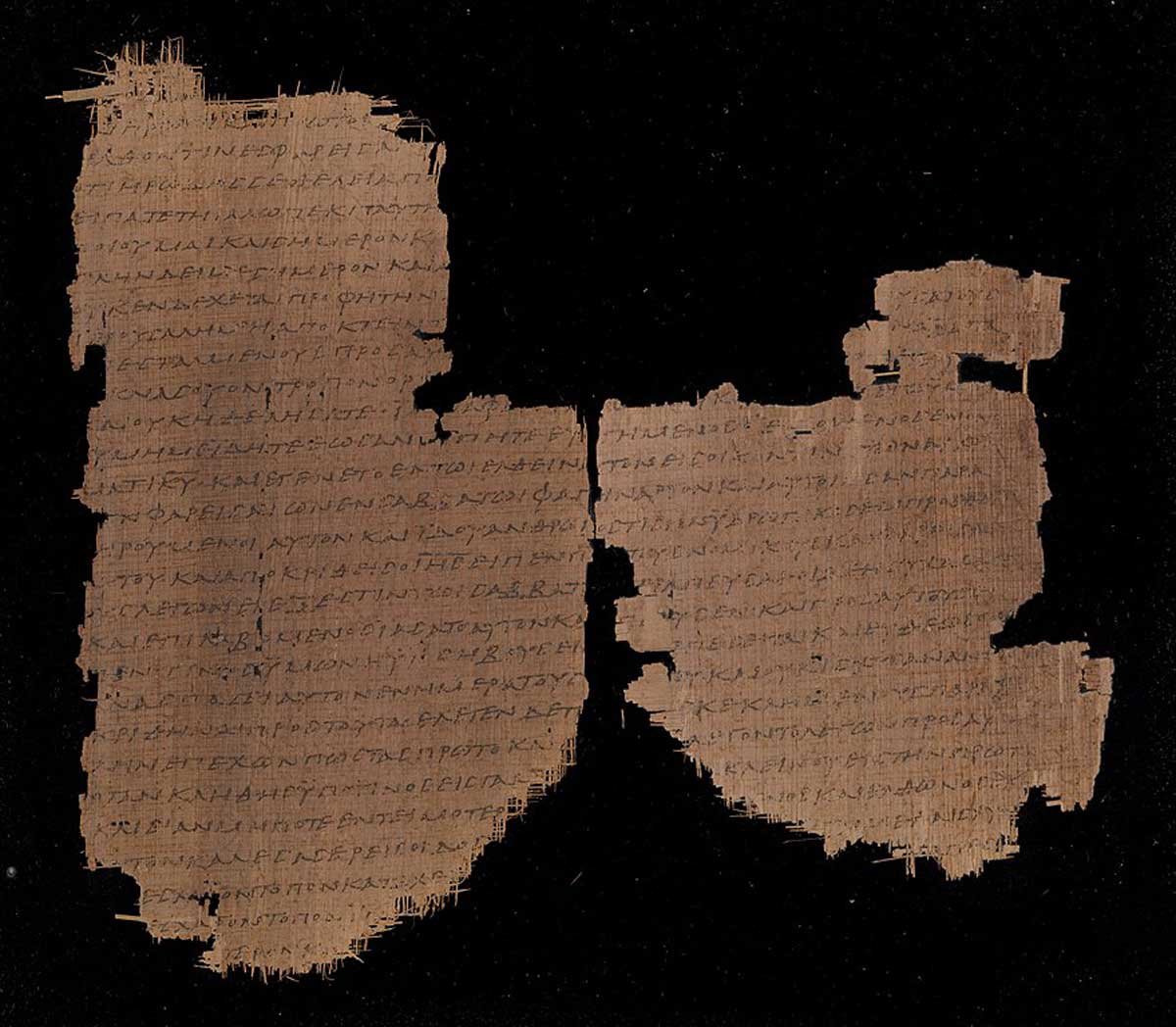
The structure of the Gospel of Luke is much the same as that of Mark, though Luke has more details than Mark.
Preface (Luke 1:1-4)
The Gospel of Luke identifies the person(s) the gospel is addressed to and clarifies the reason for compiling the gospel and the method used to do so.
Groundwork for ministry (Luke 1:5-4:13)
This section tells the back story of the ministry of Jesus, relating how the births of John and Jesus were foretold and selected events before the official ministry of Jesus began.
Ministry in Galilee (Luke 4:14-9:50)
Chapter 4b to 9A records the ministry of Jesus in Galilee. It includes miracles, preaching, healings, the calling of the disciples, and opposition to Jesus.
Ministry on the way to Jerusalem (Luke 9:51-19:27)
From the latter part of chapter 9 to the first part of chapter 19, Luke details the events and utterances of Jesus on his way to Jerusalem.
Ministry in Jerusalem (Luke 19:28-24:53)
From Luke 19:28 onward, the gospel focuses on what Jesus did and said in Jerusalem. It also details the plot to kill Jesus, his arrest, trials, death, and resurrection.
Main Themes
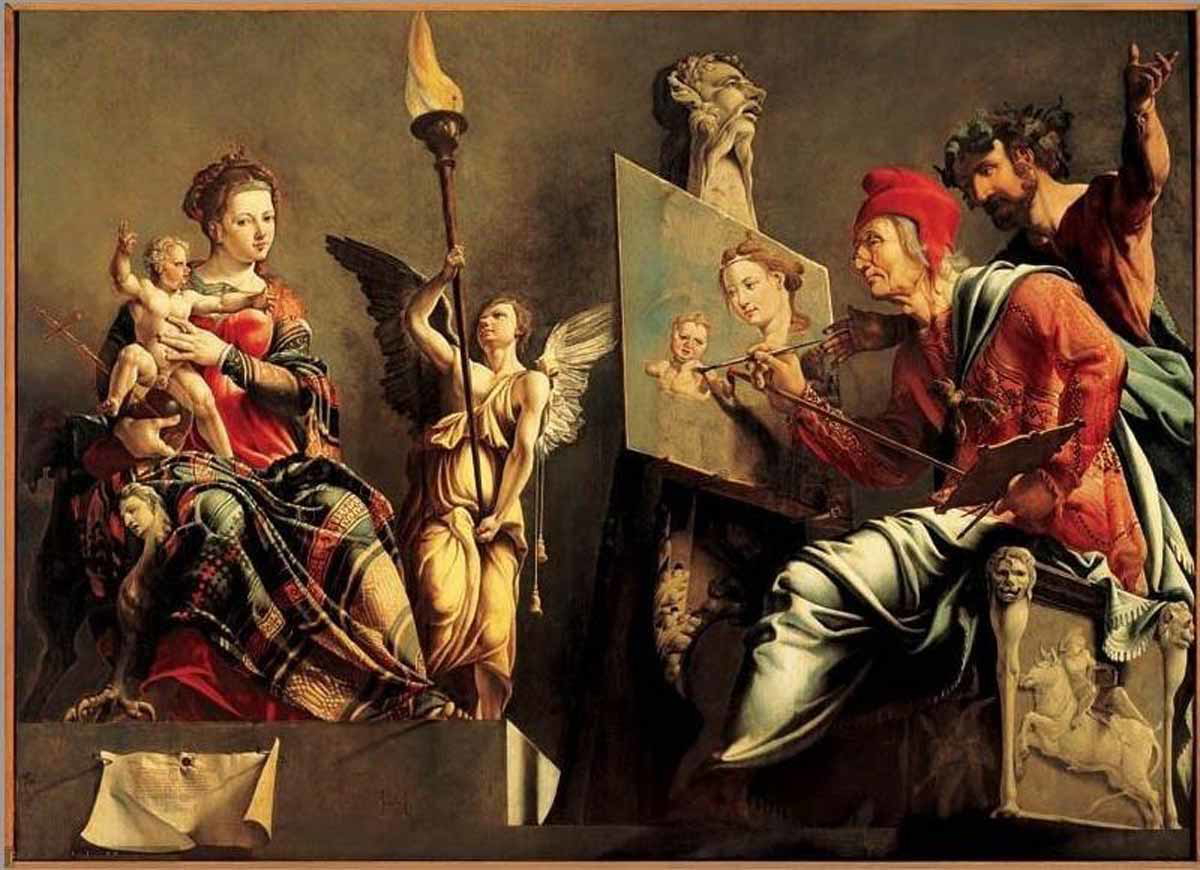
Universal salvation
Luke relates several stories and parables in which non-Jews are the focal point. He does so to emphasize that Jesus came for mankind, not only for the Jews.
Focus on the marginalized
Luke often recorded events in which Jesus engaged with the marginalized, such as Zaccheus the tax collector, the poor, such as Lazarus in the parable, and the downtrodden such as the persistent widow. It highlights the care Luke had for these communities as well. He recorded these events to show others the example Jesus set.
Fulfillment of God’s plan
Luke shows how Jesus was the fulfillment of the plan of salvation for man. He often uses the terms “Lord” and “Savior” in his text.
Prayer and the Holy Spirit
Likely because Luke knew what he would detail in the Book of Acts, he emphasized in his gospel how important the Holy Spirit and Prayer are.
Key Passages
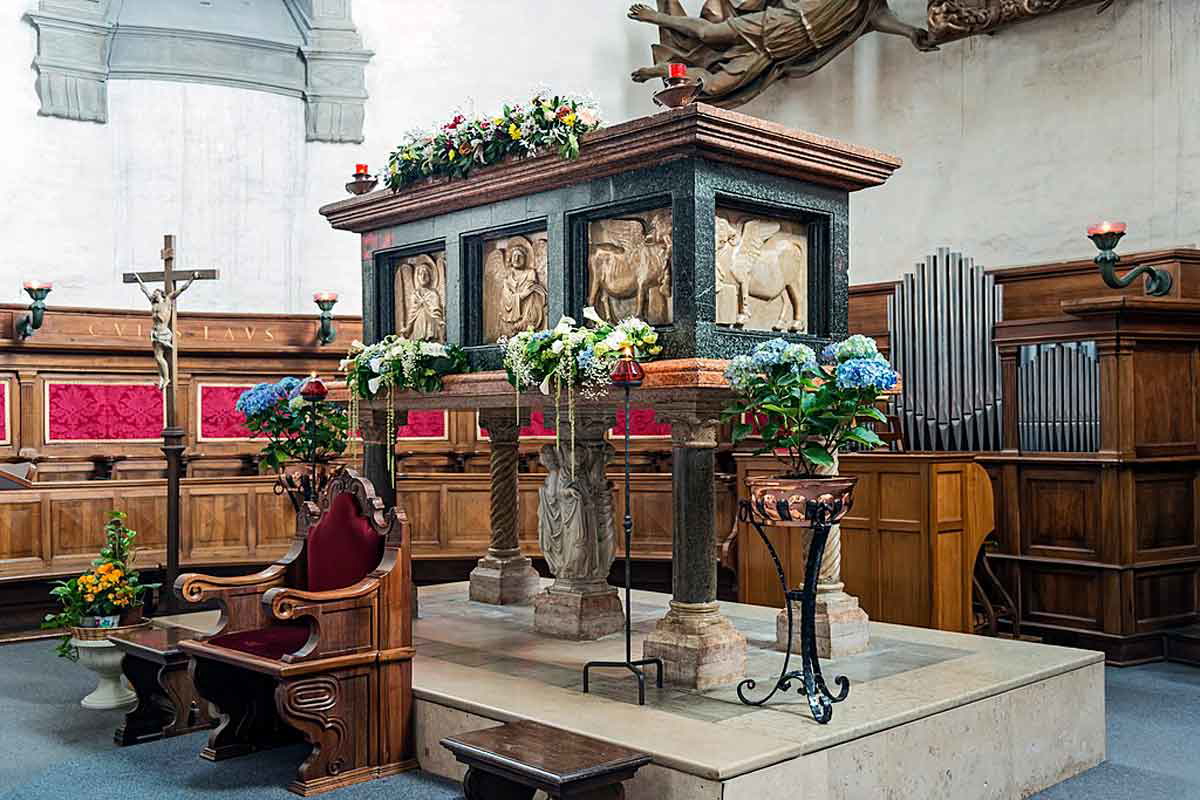
Luke 1:1-4
“Inasmuch as many have undertaken to compile a narrative of the things that have been accomplished among us, just as those who from the beginning were eyewitnesses and ministers of the word have delivered them to us, it seemed good to me also, having followed all things closely for some time past, to write an orderly account for you, most excellent Theophilus, that you may have certainty concerning the things you have been taught.”
The opening verses of Luke show the care that Luke took to compile an accurate and trustworthy account of the life, deeds, and words of Jesus so it could serve as a reliable source to support the faith of its readers.
Luke 4:18-21
“‘The Spirit of the Lord is upon me, because he has anointed me to proclaim good news to the poor. He has sent me to proclaim liberty to the captives and recovering of sight to the blind, to set at liberty those who are oppressed, to proclaim the year of the Lord’s favor.’” And he rolled up the scroll and gave it back to the attendant and sat down. And the eyes of all in the synagogue were fixed on him. And he began to say to them, ‘Today this Scripture has been fulfilled in your hearing.’”
This striking account relates how Jesus read an Old Testament prophecy and afterward pointed out that he was the fulfillment of it. His proclamation drew the ire of many in the audience.
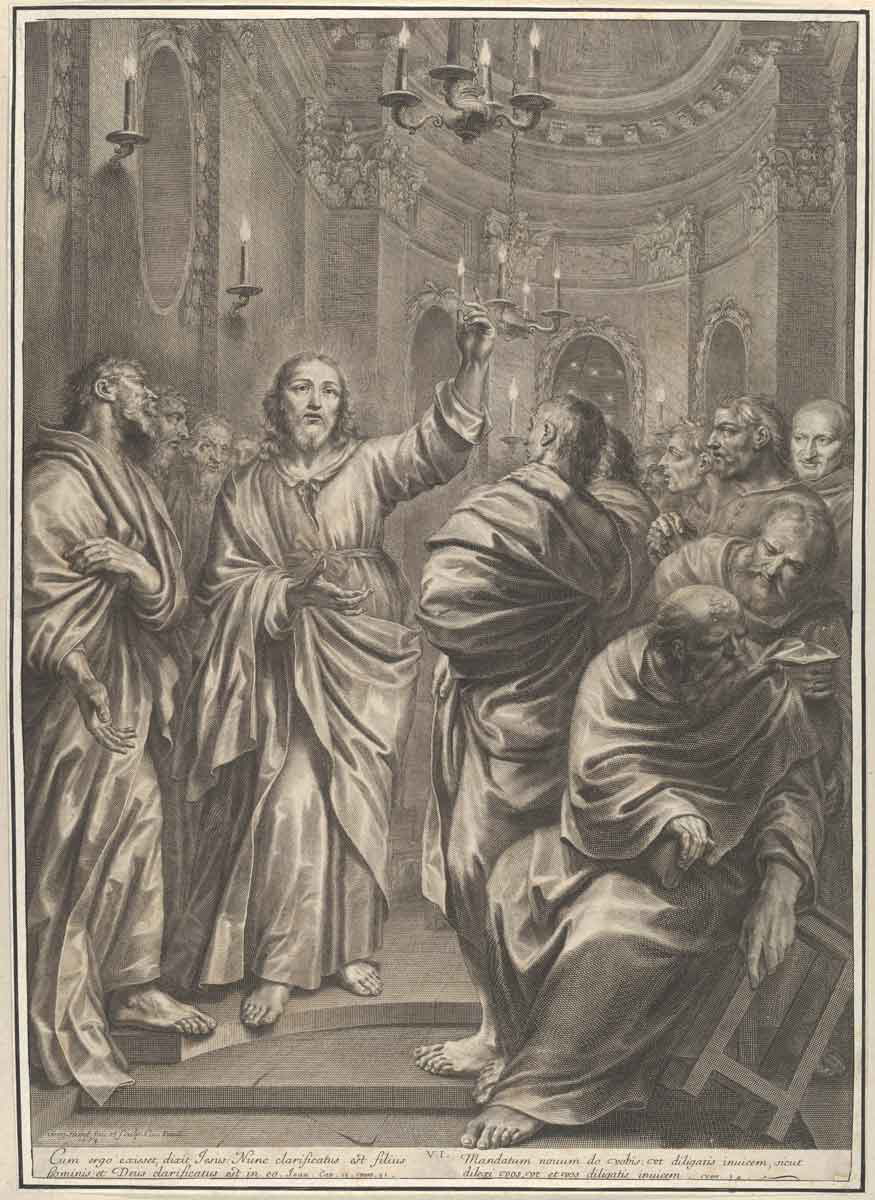
Luke 17:34-37
“‘I tell you, in that night there will be two in one bed. One will be taken and the other left. There will be two women grinding grain together. One will be taken and the other left.’ And they said to him, ‘Where, Lord?’ He said to them, ‘Where the corpse is, there the vultures will gather.’”
Luke adds detail in this passage which Matthew 24:40-41 does not provide. Firstly, Luke mentions three examples of who is taken and who is left, whereas Matthew mentions only two. Secondly, and more importantly, Luke adds the question the disciples asked, which clarifies what happens to those taken. They ask where the ones taken go. The answer indicates that those taken have died.
Luke 18:31-34
“And taking the twelve, he said to them, ‘See, we are going up to Jerusalem, and everything that is written about the Son of Man by the prophets will be accomplished. For he will be delivered over to the Gentiles and will be mocked and shamefully treated and spit upon. And after flogging him, they will kill him, and on the third day he will rise.’ But they understood none of these things. This saying was hidden from them, and they did not grasp what was said.”
Luke relates how many things Jesus said the disciples did not comprehend. Though Jesus told them what would occur, the arrest, trials, and death of Jesus were still a shock to them. Even his resurrection surprised many of them, even though Jesus revealed it beforehand.
Contemporary Relevance
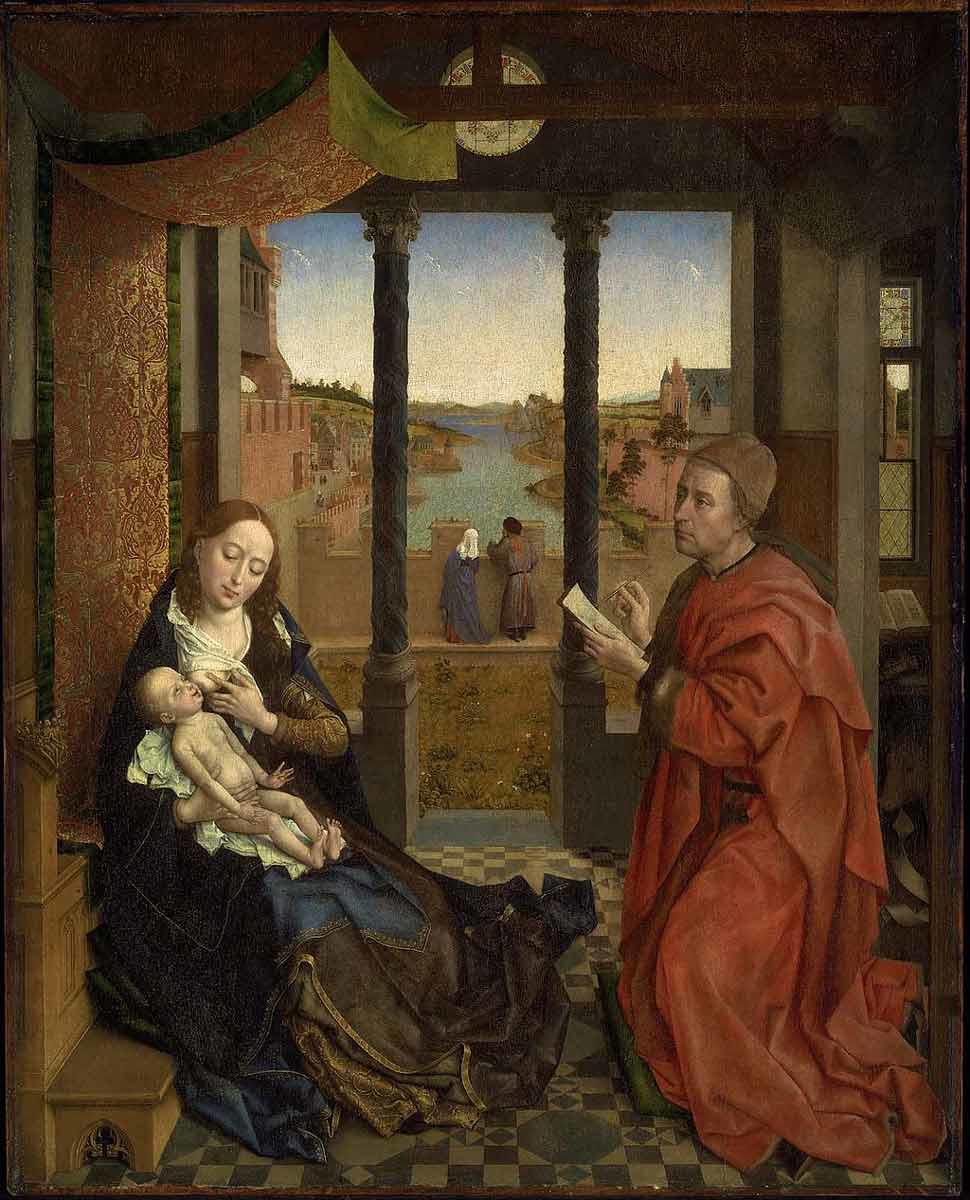
Luke, more so than the other gospels, highlights the marginalized, disadvantaged, and overlooked in the community and shows how Jesus engaged and associated with them. There are many similar groups in society today, which increases the relevance of this gospel over and above its importance in terms of salvation. Luke also tends to focus on engagements Jesus had with women and their importance to him.
Luke brings messages of hope and joy with its stories of social reversal. Examples include the rich man and Lazarus, the prodigal son, and the Beatitudes. It tells the contemporary reader that there is always hope, irrespective of current circumstances.
The focus on prayer and the Holy Spirit inspires contemporary Christians to search for more profound spirituality in an increasingly secular world. It guides them to look beyond the here and now and reach toward those things that transcend the temporal.
